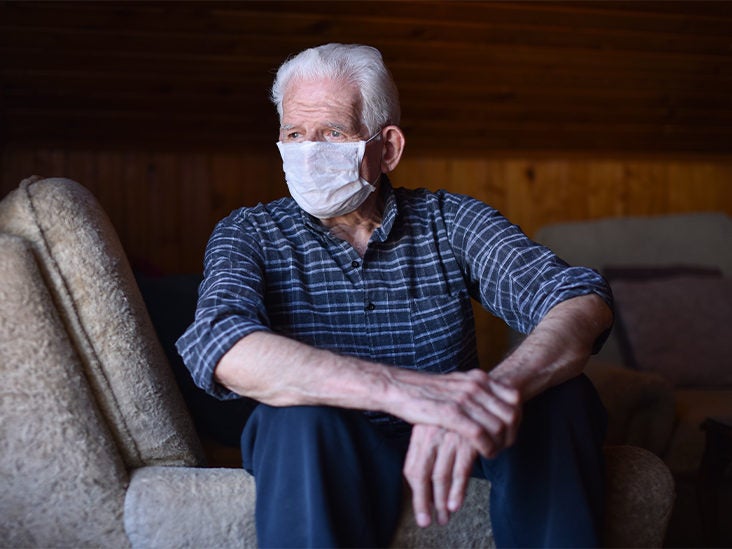
At present, we do not have exact biomarkers that allow us to correctly differentiate patients with a COPD phenotype with worse progression from patients with COPD phenotypes and more benign courses. However, one-third of patients with mild disease have faster decline in FEV 1 compared with the population without COPD.

ĬOPD progression is heterogeneous, but longitudinal cohorts reveal that only 20–40% of patients progress to a worse COPD stage after 2 years of follow-up, two-thirds of patients with COPD maintain the same GOLD classification.

However, there is evidence that the prevalence of mild COPD varies according to the classification used (GOLD or ALAT). According to the Global Initiative for Chronic Obstructive Lung Disease (GOLD), mild COPD is equivalent to GOLD A (0–1 mMRC dyspnoea and no exacerbations). Mild COPD is defined by Latin American COPD guidelines (EPOC-ALAT) as patients with 0–1 modified Medical Research Council (mMRC) dyspnoea, FEV 1 >80% and no exacerbations. We will summarise the evidence for the new multidimensional diagnostic approaches to detecting early pathophysiologic changes that potentially allow for future studies on COPD management strategies to halt or prevent disease development. In this review, we aim to clarify the differences between early COPD, mild COPD and early detection of COPD, with an emphasis on the clinical burden and how different outcomes (quality of life, exacerbation, cost and mortality) are modified depending on which definition is used. However, we need to sort out the barriers to early detection and have a better understanding of the definition of COPD and its diagnosis and therapeutic strategies to identify and treat patients with COPD before structural changes progress. If we are to modify the outcomes of COPD, early detection needs to play a critical role. Email: note: WZZ and MCR contributed equally to this work.The early stages of COPD have recently become a hot topic as many new risk factors have been proposed, but substantial knowledge gaps remain in explaining the natural history of the disease. Weill Department of Medicine, Weill Cornell Medicine, 525 East 68th Street, Box 3, New York, New York 10065, USA. Choi, Division of Nephrology and Hypertension, Joan and Sanford I.

Weill Department of Medicine, andĤDepartment of Healthcare Policy and Research, Division of Biostatistics and Epidemiology, Weill Cornell Medicine, New York, New York, USA.ĥDivision of Pulmonary and Critical Care Medicine, UCLA Medical Center, Los Angeles, California, USA.ĦUniversity of Alabama at Birmingham, Birmingham, Alabama, USA.ħPulmonary, Critical Care, Allergy, and Immunologic Medicine, Wake Forest School of Medicine, Winston-Salem, North Carolina, USA.ĨDivision of Pulmonary and Critical Care Medicine, University of Michigan Health System, Ann Arbor, Michigan, USA.ĩDivision of Pulmonary and Critical Care, University of Iowa, Iowa City, Iowa, USA.ġ0Department of Thoracic Medicine and Surgery, Lewis Katz School of Medicine at Temple University, Philadelphia, Pennsylvania, USA.ġ1Division of Pulmonary, Critical Care, Sleep and Allergy, University of Illinois College of Medicine, Chicago, Illinois, USA.ġ2Division of Respiratory, Critical Care, and Occupational Pulmonary Medicine, University of Utah, Salt Lake City, Utah, USA.ġ3Division of Pulmonary and Critical Care Medicine, Johns Hopkins University School of Medicine, Baltimore, Maryland, USA.ġ4Division of Pulmonary, Critical Care Medicine, National Jewish Health, Denver, Colorado, USA.ġ5Columbia University Medical Center, New York, New York, USA.ġ6Division of Pulmonary and Critical Care Medicine, UCSF, School of Medicine, San Francisco, California, USA.ġ7Veterans Affairs Ann Arbor Healthcare System, Ann Arbor, Michigan, USA.ġ8The SPIROMICS Investigators are detailed in the Acknowledgments.Īddress correspondence to: Mary E. Weill Department of Medicine, New York, New York, USA.ĢNew York-Presbyterian Hospital, Weill Cornell Medicine, New York, New York, USA.ģDivision of Nephrology and Hypertension, Joan and Sanford I. 1Division of Pulmonary and Critical Care Medicine, Joan and Sanford I.


 0 kommentar(er)
0 kommentar(er)
